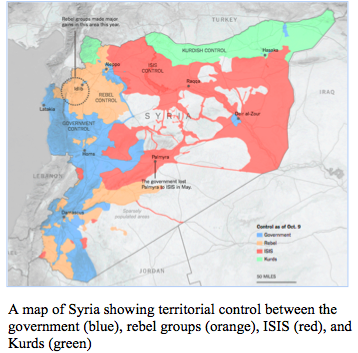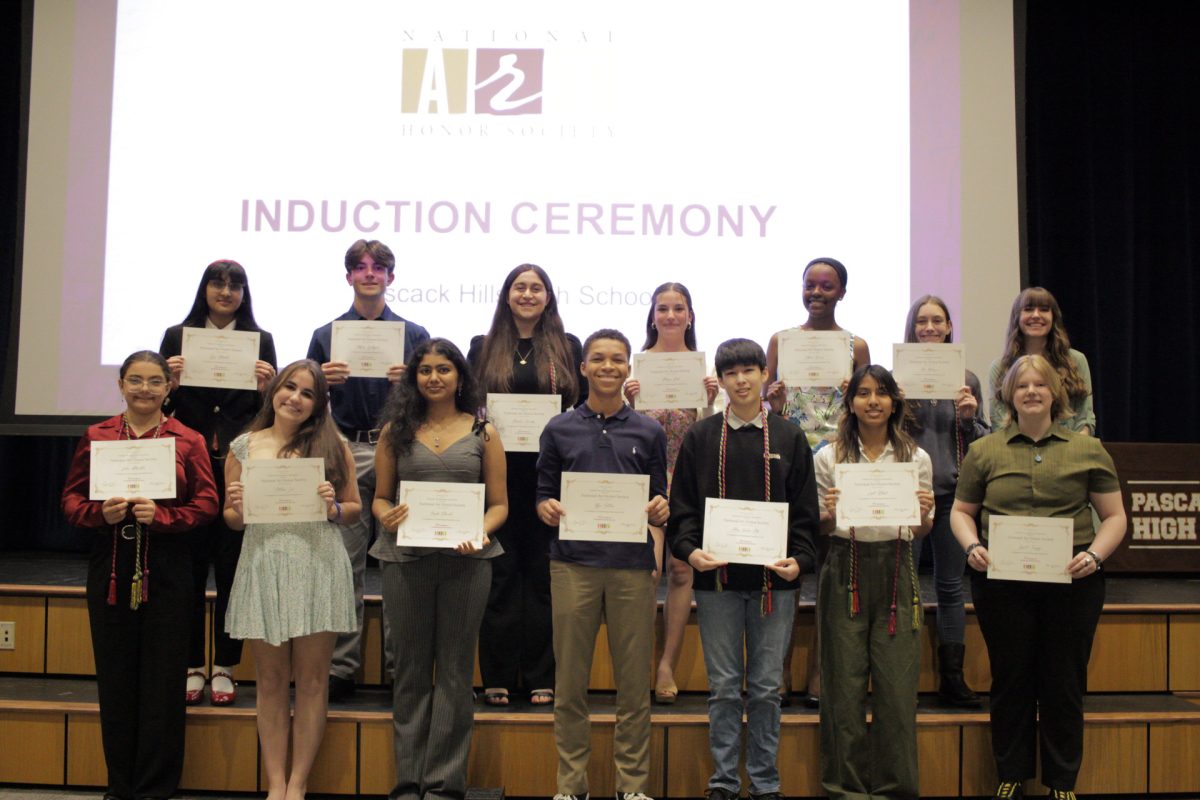Russia: Adding to the Complex Entanglement of the Syrian Conflict

The Syrian Civil war has been raging onwards for over four years as of October 2015. The situation has only become more complex with the addition of another world power into the complex entanglement of allies and foreign backers – Russia.
In September 2015, Russia began launching a series of airstrikes and sending large arm shipments to the Assad Regime. Under the initial claim that Russia’s intention was to combat the encroachment of ISIS (ISIL/IS) into Syrian territory, the international community was quick to realize Russian airstrikes were focused directly on rebel forces rather than ISIS targets. Russia recently changed its public posture, though, by openly confirming their actual aim is to help Syrian President Bashar al-Assad retake land lost to both ISIS and rebel groups.
Russia has been backing the Assad Regime since the beginning of the conflict with arms shipments including weapons, munitions, aircraft, ground vehicles, missiles, advisors, and money. The difference now is that Russia has begun a fierce campaign of airstrikes against rebel forces and inserted troops and material on Syrian soil. This decision comes as the Assad regime, of which is often called a quasi-dictatorship, is being forced to retreat due to the overwhelming odds not in their favor.
Understanding this situation requires understanding the sheer complexity of the Syrian conflict. It is often described as a proxy-war, a war in which different powers do not become directly involved but still exert some influence. The conflict began in 2011 and led to the formation of the original rebel group, the Free Syrian Army. In the following year, jihadist groups, such as the al-Nusra Front and Hezbollah, join the conflict in addition to Kurdish groups. That same year, Iran begins to funnel supplies and military assets to the Assad regime, while the Gulf States, Jordan, and Turkey begn to assist rebels, making the conflict a true proxy-war. In 2013, the United States begin a CIA run campaign to train and arm rebel groups on the ground in Syria. In 2014, ISIS became a major player in the conflict and the USA began airstrikes in Syria. All this leads up to September 2015, when Russia begins direct engagements. Even this explanation is extraordinarily simplified, yet shows the true nature of the Syrian conflict.
Russian strikes are coordinated carefully with Syrian Army advancements and strategy, showing the true intention of Russia to back the Assad forces. The United States has responded through both military and diplomatic means. On one hand, the US has continued to send resources, specifically anti-tank missiles, to rebel forces fighting the Syrian army and other foreign-backed players near Aleppo. On the other hand, US Secretary of State John Kerry announced on October 19th intentions to have negotiations with Russia and the Middle Eastern partners to work out possible solutions to the Syrian conflict. Kerry has also stated that there is no realistic military solution to the conflict in Syria, rather dialogue will be the only solution to such a complex issue. World powers are finding themselves at a crossroads as they attempt to seek solutions to a conflict that almost seems to have no real answer.











































